On August 19, 2013,
around 5:30 PM local time, Mr. Bayanbaatar, a 58-year old Mongolian herder
from Dalan-tsetseg Village, Tohootai Gachaa (a Gachaa consists of several
pastoral villages), Tug Sum (“Sum” is equivalent to township), Uushin Banner
of western Southern (Inner) Mongolia, was brutally beaten to death by
Chinese railroad workers while he was defending his grazing land. His son
was severely injured. Several other herders were also beaten. Bayanbaatar’s
body was left in the Uushin Banner People’s Hospital for cremation.
According to written
communications received by the Southern Mongolian Human Rights Information
Center (SMHRIC), several Chinese workers from China Railway Bureau No.23
started the brutal beating when Bayanbaatar and other herders protested the
Railway Bureau’s occupation of their grazing land without proper
compensation. Arrogant and rude as shown in the pictures, the Chinese
railroad workers not only threatened to kill the herders if they continued
to protest but also sent some of their fellow workers to bring knives to
carry out the killing. The local police arrived late to the scene, but
reportedly refused to carry out any arrest of the killer or other offenders.
“Our deep sorrow and
sincere condolences to Mr.Bayanbaatar who was beaten to death by the Chinese
railway workers from China Railway Bureau No.23 while defending his grazing
land,” posters, messages of condolences and pictures by Mongolian netizens
spread quickly through major Chinese social media including Renren, QQ,
Tencent Weibo, Webchat and Sina Weibo before they were deleted.
Since 2010, at least
five Mongolian herders including Mr. Bayanbaatar have lost their life at the
hands of Chinese workers while defending their rights to their grazing lands
as well as their right to maintain their traditional way of life.
In 2010, a Mongolian
herder from Sobrog Sum of Bairin Right Banner was stabbed to death by
Chinese from the “Livestock Grazing Prohibition Team” (“jin mu dui” in
Chinese), a special police task force set up by the Chinese Government to
ban livestock grazing by Mongolian herders on their own grazing lands.
In May 2011, a
Mongolian herder named Mergen from Shiliin-gol League was brutally run over
by Chinese coal-hauling truck while he was defending his grazing land from
coal miners. His death sparked large-scale protests and demonstrations by
Mongolian herders and students across Southern Mongolia.
In October 2011, a
Mongolian herder named Zorigt from Huhtolgoi Gachaa, Uushin Banner of Ordos
Municipality was killed by a Chinese oil transport truck as he tried to
protect his grazing land from Chinese oil mining trucks.
In July 2013, an angry
and desperate herder from Ongniud Banner of Ulaanhad Municipality committed
suicide after stabbing and killing the head of the “Livestock Grazing
Prohibition Team” and seriously injuring another official while defending
his right to graze his livestock on his grazing land.
Becoming the largest
coal and natural gas source in China and producing 95% of the world’s rare
earth supplies, Southern Mongolia has recently been named “China’s energy
base”. Chinese mining giants Shenhua Coal and Chang Qing Oil as well as
thousands of private miners have rushed to Southern Mongolia chasing their
fortune. Grazing lands have been illegally occupied and opened up for mines.
Herders have forcibly been removed from their land without adequate
compensation and proper resettlement.
In response to this
unprecedented level of destruction of their grazing lands, Mongolian herders
are standing up to defend their right to pursue their livelihood and
traditional way of life. Hundreds of herders have been beaten, arrested and
detained in clashes with the Chinese on an almost daily basis. In the latest
such case, 13 Mongolian herders were arrested and detained last week in Ar
Horchin Banner for protesting a Chinese gold mine’s illegal occupation of
their grazing land; hundreds of Mongolian herders stormed into the
government building of Urad Middle Banner to carry out a mass sit-in a few
day ago.
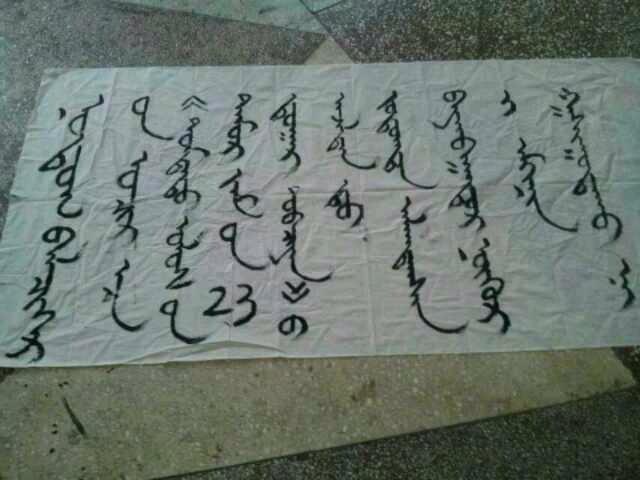
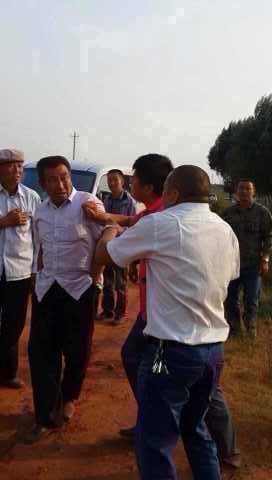
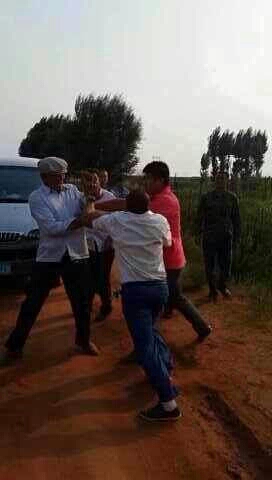
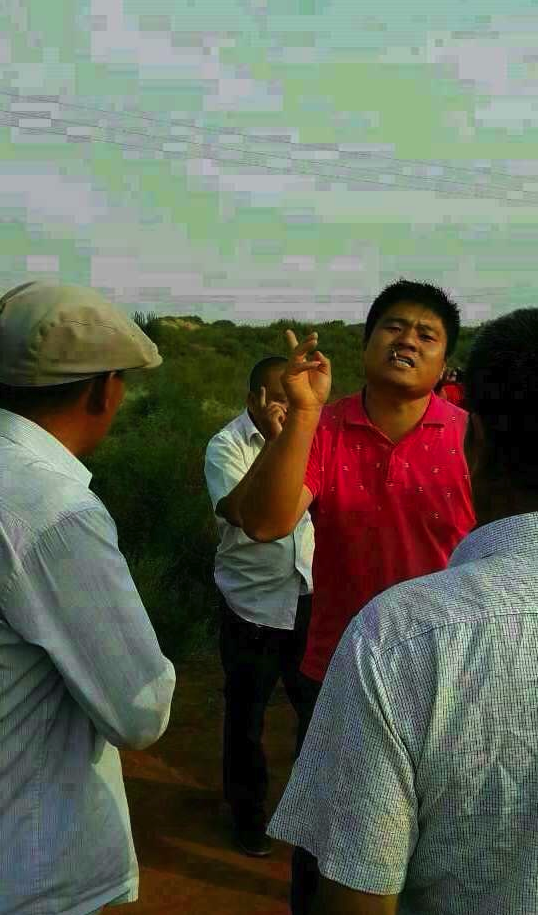
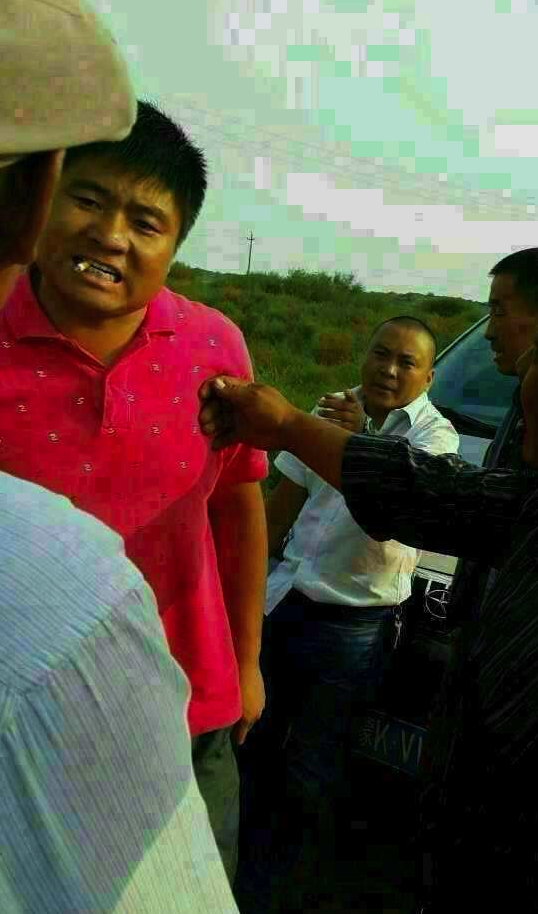
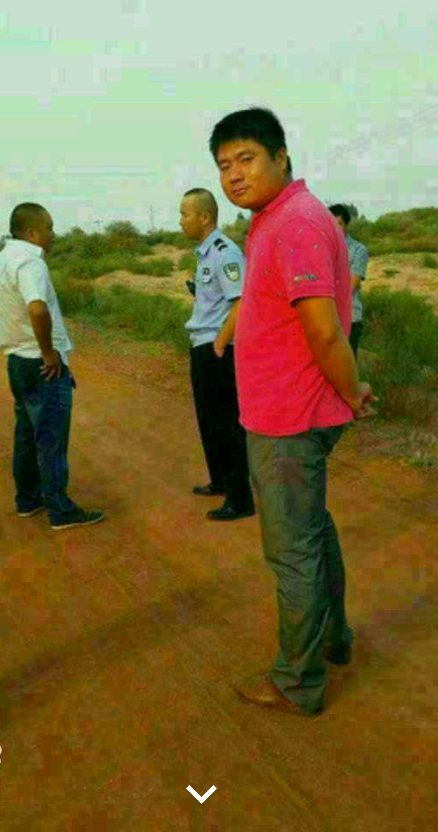





 Beyond
Great Walls: Environment, Identity, and Development on the Chinese
Grasslands of Inner Mongolia
Beyond
Great Walls: Environment, Identity, and Development on the Chinese
Grasslands of Inner Mongolia China's
Pastoral Region: Sheep and Wool, Minority Nationalities, Rangeland
Degradation and Sustainable Development
China's
Pastoral Region: Sheep and Wool, Minority Nationalities, Rangeland
Degradation and Sustainable Development The
Ordos Plateau of China: An Endangered Environment (Unu Studies on
Critical Environmental Regions)
The
Ordos Plateau of China: An Endangered Environment (Unu Studies on
Critical Environmental Regions)